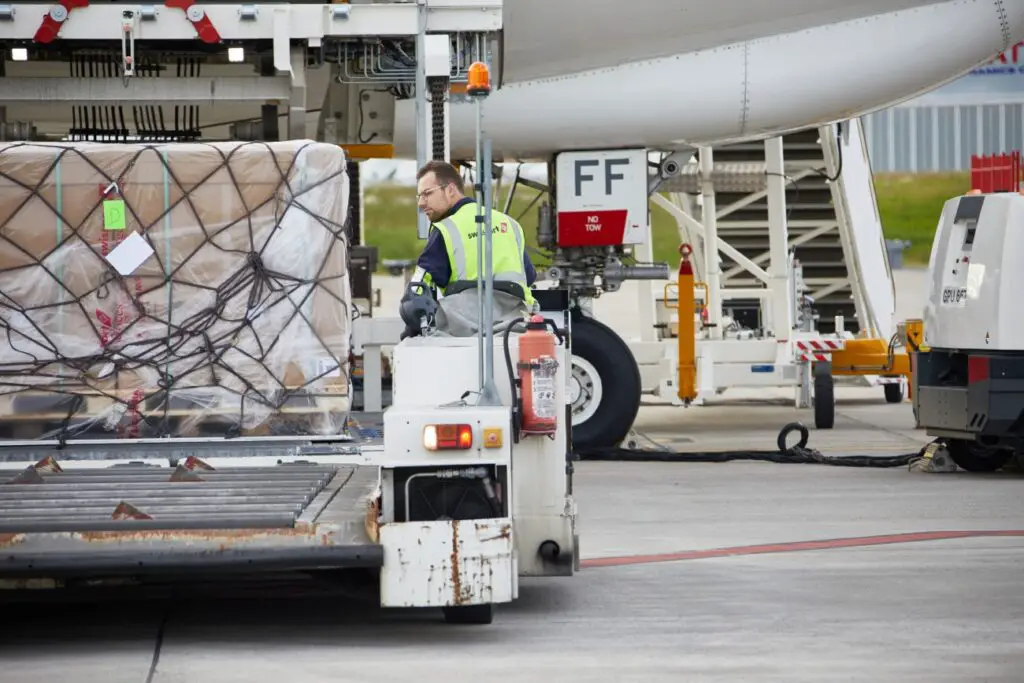Air cargo demand maked «a soft start to 2023», according to data released by the International Air Transport Association (IATA). According to the trade association, activity was affected by «persistent headwinds» and continued the trend of deceleration after peaks in 2020 and 2021.
Global demand, measured in cargo tonne-kilometers (CTK), fell 14.9% year-on-year in January. In international operations, the decline was 16.2%.
Capacity, measured in available cargo tonne-kilometers (ACTK), grew by 3.9% compared to January 2022 and marked the first year-on-year increase since October 2022.
International air cargo capacity was up 1.4% compared to the first month of last year. According to IATA, the recovery in passenger aircraft cargo capacity, which offset the decline in freighter capacity, was key to this result.
«With January cargo demand down 14.9% and capacity up 3.9%, 2023 began under some challenging business condition», said Willie Walsh, IATA’s Director General. «But there is solid ground for some cautious optimism about air cargo», he said, explaining that «yields remain higher than pre-pandemic».
Walsh said the lifting of mobility restrictions in China «is stabilising throughput conditions in the largest air cargo market» and that this «will provide a much-needed boost to demand as companies increase their commitment to China».
See also: IATA: Air cargo falls back in 2022 to near 2019 level
Air cargo in each region during January 2023
- Airlines from Asia-Pacific: demand decreased by 19% year-on-year. However, it improved compared to December. Available capacity increased by 8.8% compared to January 2022. According to IATA, airlines in the region continue to suffer the consequences of low levels of manufacturing business activity and disruptions in supply chains as a result of restrictions in China.
- Airlines from North America: demand decreased by 8.7% year-on-year. Available capacity increased by 2.3% compared to January 2022.
- Airlines from Europe: demand decreased by 20.4% year-on-year. Available capacity was down 9.3% compared to January 2022. Companies in the region continue to be among the most affected by the war in Ukraine.
- Airlines from the Middle East: demand decreased by 11.8% year-on-year. Available capacity increased by 9.6% compared to January 2022.
- Airlines from Latin America: demand growth of 4.6% year-on-year (better performance overall and a significant improvement compared to December, when no growth was recorded). Available capacity increased by 34.4% compared to January 2022.
- Airlines from Africa: demand decreased by 9.5% year-on-year. Available capacity contracted by 1.8% compared to January 2022.













